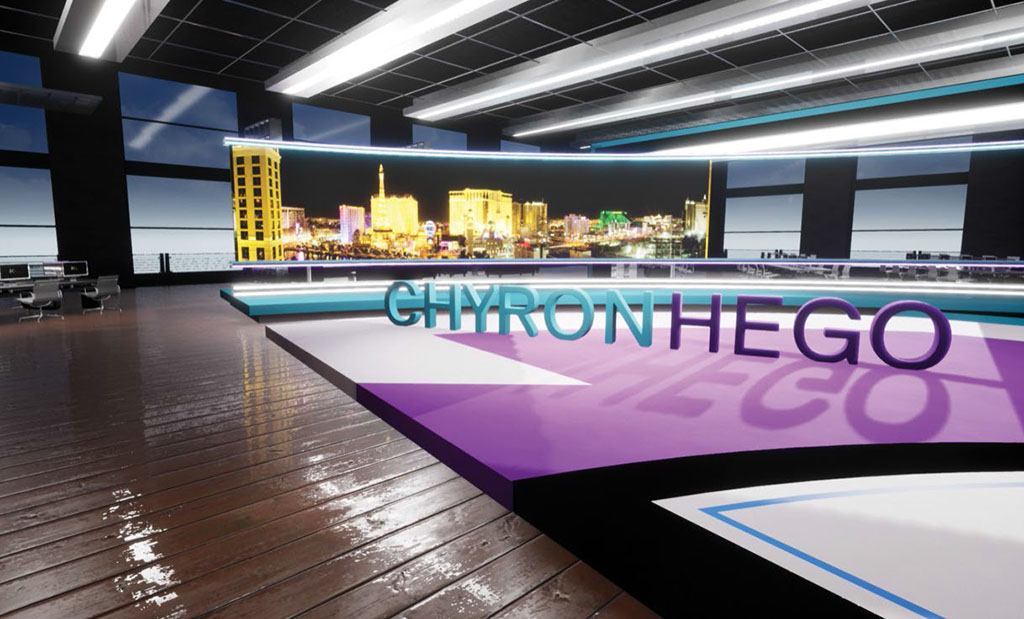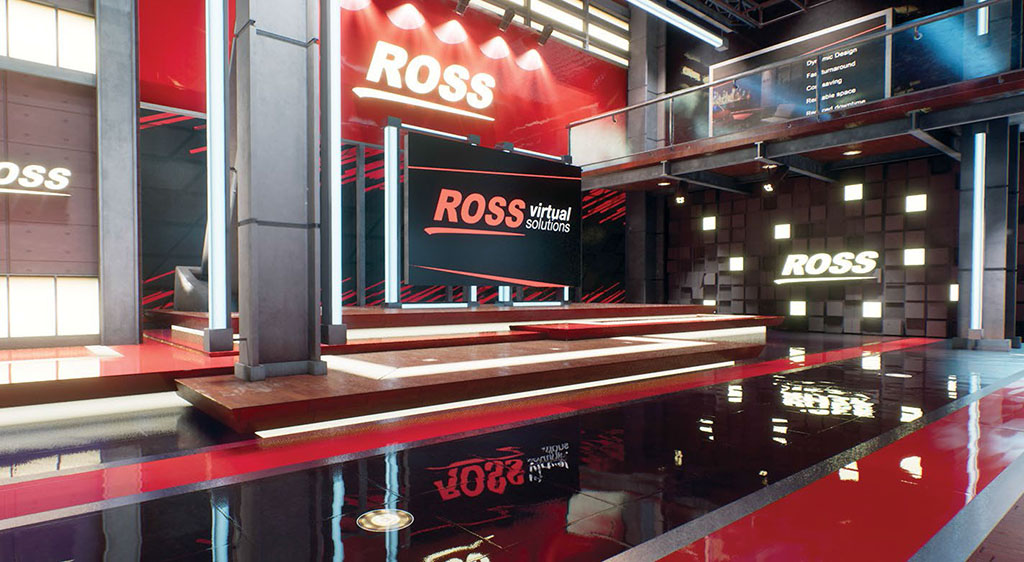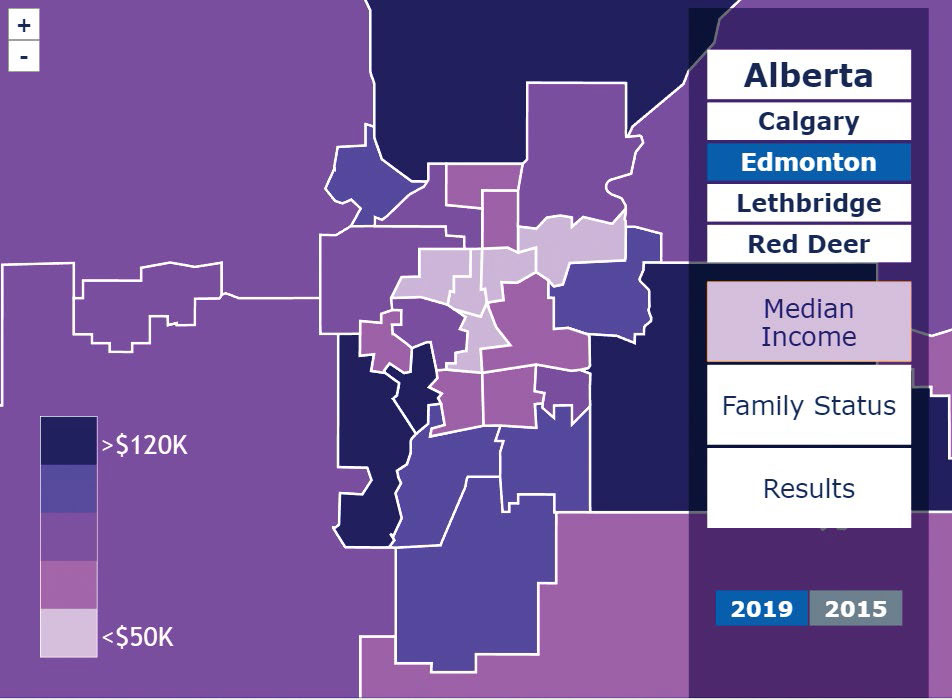Advances in Graphics Up Newsroom Ante
SAN FRANCISCO—If there’s an overarching goal for broadcasters looking to freshen their look or retool their brand, it’s to use new high-end graphics solutions to add context and dig deeper into the stories they’re trying to tell.
That was the goal for the Canadian media company Global Television when it began plotting how best to cover the Alberta provincial election this spring.

But rather than installing an oversized new set, the company decided to incorporate a series of touchscreen-based web widgets that would tell a more compelling story. These web widgets incorporate live election results, historical results and key demographic data to help broadcasters expand election coverage to mobile and online devices.
ENGAGING THE AUDIENCE
Global Television used web widgets designed by Bannister Lake to illustrate connections between election results, local maps and contextual data like household income and family status. The result was a way for viewers to more simply understand and analyze regional and city-suburban voting outcomes.
The result: the creation of colorful, impactful datasets that were designed to help Global Television tell a more compelling election story.
“Election night coverage is all about results,” said Gerry Belec, director of news technology and operations at Corus Entertainment, the network’s parent company. “The touch-enabled maps and the new features in Elector allowed us to use data in new ways that genuinely engaged our audience.”
Get the TV Tech Newsletter
The professional video industry's #1 source for news, trends and product and tech information. Sign up below.
According to Georg Hentsch, president of Bannister Lake in Cambridge, Ont., these HTML5-based widgets can be launched for other live data applications, including sports and finance, and customized so that viewers can access and manage the specific content they want to consume.
Global Television also decided to employ Elector election software from Bannister Lake that helps reporters identify overall voting trends and locate races that are fluctuating dramatically or are too close to call.

The network also integrated a virtual set system that gave it the opportunity to design a customized virtual set. Using the Avid Maestro graphics suite, 4Designer 2D/3D authoring software and ProSet virtual studio, Global said it has been able to produce more compelling virtual sets, 3D graphics and animation solutions, which has led to a more visual, compelling type of news program.
“VR has allowed us to go places we couldn’t go,” Belec said. “It also means that we can tell these stories in ways that are highly visual, which is critical for good television but wasn’t a reality previously—the tools just weren’t available.”
HYPER-REALISTIC
Other companies are investing in hyper-realistic graphics to retool broadcast studio spaces, including TV2 East in Denmark. The company recently invested in a new graphics rendering engine from Ross Video, which enables the development of photorealistic scenery and realistic graphics in a virtual studio environment.
“Voyager helps us make virtual sets and augmented reality look even more realistic,” said Stuart Russell, senior communications manager for Ross Video. “It’s a great tool to enhance storytelling and help produce more engaging and compelling content.”
The new Voyager—which is built on the Unreal 4 gaming engine and based on the company’s Frontier rendering system—can be used to design photorealistic scenery for virtual sets and augmented reality. TV2, a regional television network that has been using virtual studio technology since 2012 for its news studio, will use the graphics platform as part of a full-blown virtual studio solution. The system includes graphics features like real-time reflections, dynamic texture, skeleton animation and cloth animation.
“We hope the change will give us easier access to an effective augmented reality workflow, hopefully a MOS-based workflow,” said Kasper Thor Larsen, technical chef for TV2 East.
Other manufacturers are introducing solutions that more accurately integrate disparate graphics into a newsroom scene. At the 2019 NAB Show, ChyronHego launched its Fresh graphics-rendering solution that also integrates with the Epic Games Unreal Engine 4. By tying the ChyronHego augmented reality and virtual set software into the Unreal platform, users are able to bundle text and titles into an AR scene via a 3D graphic object library that’s pre-integrated into the Unreal environment. This allows producers to add 3D elements without having to re-render them for the gaming engine.

“Producers are able to tell a better story and captivate viewers through high-quality AR graphics,” said Alon Stoerman, senior product manager, live production solutions with ChyronHego. They’re also able to do it faster and easier than ever before, since Fresh can be operated as an integral part of the rundown.”
Integration with the ChyronHego CAMIO template-based asset management system can be used to incorporate AR/VS elements into a station’s news environment. This integration makes it even easier for producers to tell a better story, the company said, because AR graphics are part of the news rundown along with other graphics element.
Telling a more compelling story was also the goal for the Finnish telco provider Telia. In an effort to grow the burgeoning Finnish esports market, the company launched a new national e-sports league called “Telia Esports Series in April.” To boost its popularity and help players compete at a higher level, the series is being broadcast internationally on the Twitch channel and nationwide on Finnish television.
The program is broadcast in two locales: from a remote production hub and from a formal studio. The physical studio employs virtual reality technology Zero Density led by systems integrator Broadcast Solutions Finland. The facility switches from programs broadcast in 1080i50 to the Telia production platform of 1080p50 in a few seconds, the company said.
Susan Ashworth is the former editor of TV Technology. In addition to her work covering the broadcast television industry, she has served as editor of two housing finance magazines and written about topics as varied as education, radio, chess, music and sports. Outside of her life as a writer, she recently served as president of a local nonprofit organization supporting girls in baseball.

